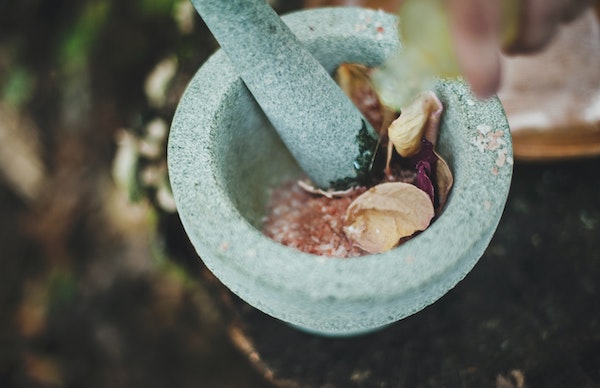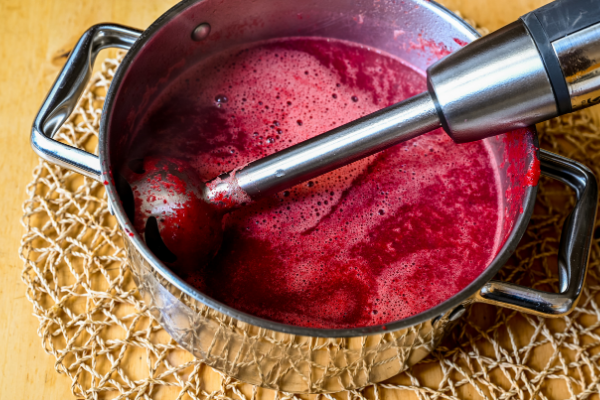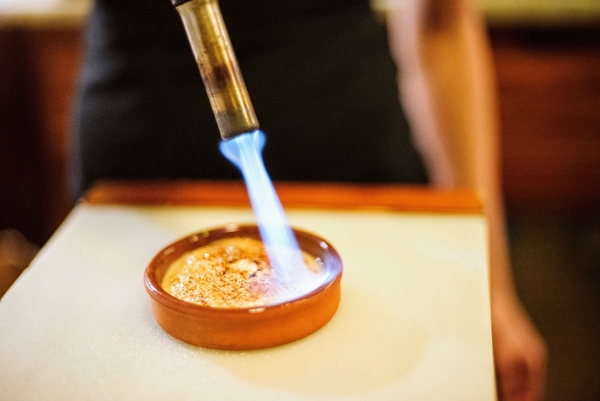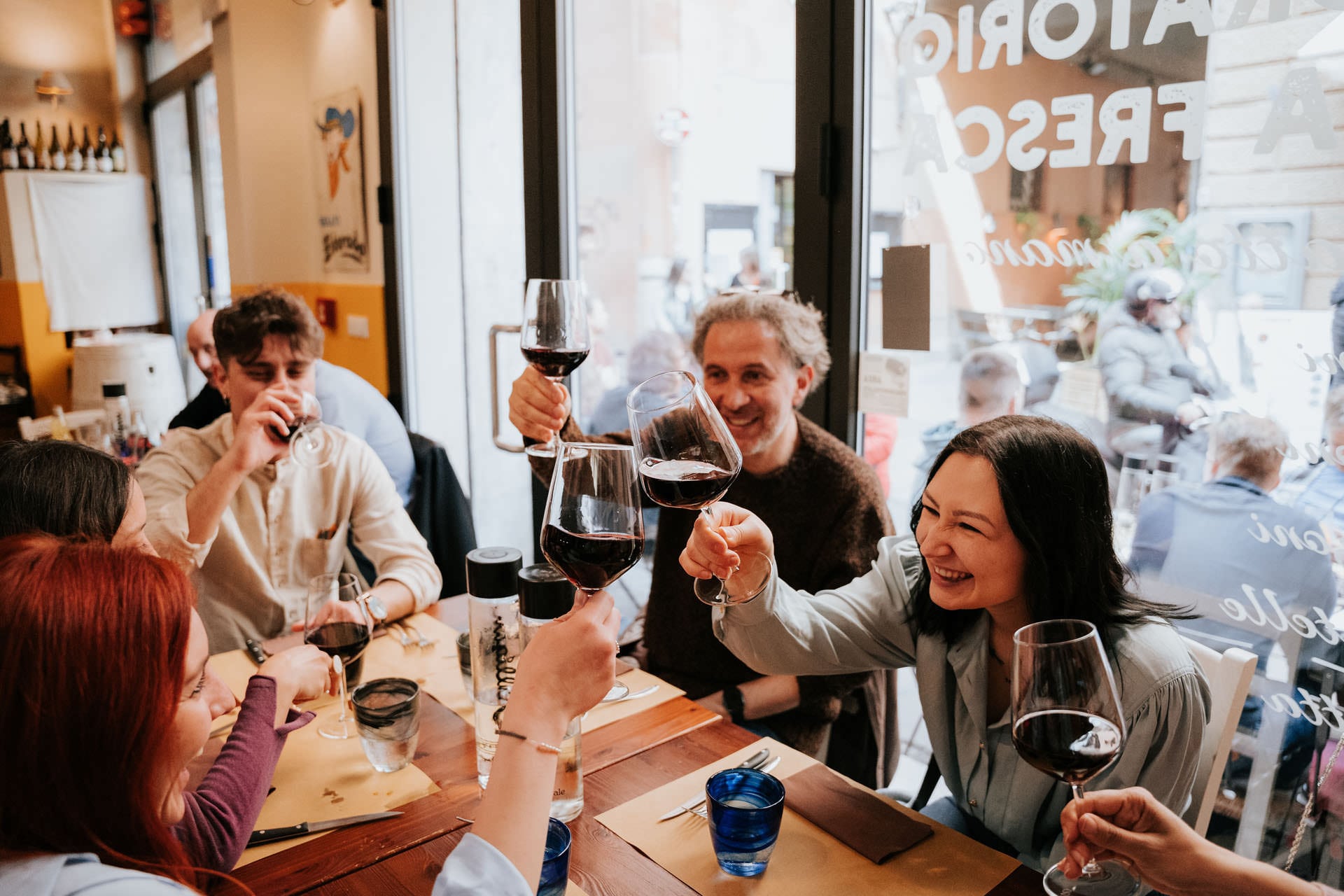This blog post was originally posted on March 5, 2015, and was updated on January 28, 2021.
Dreaming of that perfect Spanish kitchen? Make sure you stock it with the essentials!
Spanish cuisine is based on simple, fresh ingredients, with some of its best signature dishes using ingredients as basic as an egg to create magical results. But of course, no Spanish cocina would be complete without some staple kitchenware items. From traditional utensils that pass through the generations to modern appliances that have become a must while cooking, these are the Spanish kitchen essentials we couldn’t live without.

Top 5 Spanish kitchen essentials
1. Mortar and pestle
One of the most rudimentary utensils out there, the mortar and pestle hold an important place in the Spanish kitchen. So many dishes start here, and it’s really where the flavor begins. Known as a mortero in Spanish, it can come in many shapes and sizes and is made of materials ranging from olive wood to brass.
Different regions use it for different things, such as romesco sauce in Catalonia or ajo blanco in Andalusia. Even today, despite the presence of electric mixers and the like, most would agree that nothing can get the job done quite like the mortar and pestle.

2. Immersion blender
Let’s switch our focus to the mortar and pestle’s more modern cousin. Everyone in Spain has an immersion blender, therefore, it makes sense to include it as one of our Spanish kitchen essentials! How else are you going to make a mess-free gazpacho on a daily basis during the summer?

3. Terracotta ramekins
Cazuelas, the terracotta ramekins so typical of Spain, might just be the most versatile piece of equipment in your kitchen. Use them in the oven, directly on the gas burner, or even on the grill. We use them to make anything from chili garlic shrimp (gambas al ajillo) to heavenly desserts like crema catalana.
The earthenware dish holds a slow and steady heat, allowing food to cook thoroughly and evenly. They come in a variety of sizes, but will always be shallow. They also have that rustic look of unglazed, porous clay on the outside. Stack them up and use them often!

4. Paellera
Did you know that Spain’s most iconic rice dish is actually named after the recipient in which it’s made? The word “paella” originally referred to this type of large, shallow frying pan! However, today it’s more common to use the word paellera for the pan, and paella for the food.
Many Spanish kitchens will have various sized paelleras hanging up and ready to use. There are so many delicious rice dishes in Spain, but unless it’s made in a paellera, it’s not actually a paella!

5. Pressure cooker
What kitchen, no matter the nationality, doesn’t have a pressure cooker? This is one of humankind’s greatest modern inventions—speaking in culinary terms, at least!
Here in Spain, the pressure cooker gets a good amount of use for anything from traditional stews to Spanish lentejas. It can speed up the cooking process for dishes that usually take longer to reach their ideal point, such as tender rabo de toro.

I’ m not sure I understand this thing about the paella. Paella is the Catalan for (frying) pan. If I understood correctly you say that you must have a (frying) pan to cook paella. Well, I think a (frying) pan is handy to have in the Catalan countries, in Spain or in Scandinavia.
Hi Andreu! Thanks for your comment. You’re right–I should have written “paellera”, and have made the correction (as far as I know, the word in Spanish only refers to this special pan used to make paella or fideua). Either way, I’d say most people in other countries don’t always have a “paellera”, which for people not from Catalonia or Spain, is a Spanish-specific pan!
Thanks for your kind reply.
I guess if you translate a translation it does get confusing. Paella is the Catalan for frying pan, which I’m sure is not something invented in the Catalan speaking countries.
I think in Spanish it basically describes the rice dish, and from that, a rather large frying pan you would use if you were cooking for many people.
In fact, the Spanish official dictionary defines “paella” firstly as the dish typical of the Valencian country, and secondly as the pan in which you would cook it (“2. f. Sartén en que se hace.”) without indicating if it is big or small, with one or two handles… I don’t have a rice frying pan. My grandma had a rather big frying pan, but it was not just for rice, it was for whatever she was cooking whenever she’d have more than five or six guests.
Thanks for your article, it made me thing a little.
P.s. Did you think of the items to turn the omelettes? In Barcelona we call them “Tomba truites”, omelette turners. They’re not necessary to cook a nice omelette, but they can be handy to have and some of them are kind of cute.
Hi Andreu, thanks for yours! Yes, when we get into the technicalities of words and translations, it can be a bit confusing! But for the purposes of this post, I think most people understand what we mean 🙂 In either case, a lot of people just love those two-handled shallow pans used for paella because they make great kitchen decor! Haha. Anyway, I had never heard of the tomba truites and had to look it up on google images. What a novel concept! At home we use a plate and I will say that it can get quite messy. Thanks for the suggestion!
I live in Barcelona and I do have a paella (2 handled pan) at home, and is not for decoration purpouse! Also does my mum and mother-in-law. Good restaurants also cook the rice with paellas for best quality.
I didn’t know that kitchens stilled used mortar and pestle. It seems like an interesting way to prepare a dish. In Taiwan I once went to a restaurant where you would make your own sauce using a mortar and pestle. It felt like an uncommon thing to do. I enjoyed going there just for that reason.
These are great! I had NO idea you could use cazuelas directly on the stove. You just increased their use in our house ten fold! 🙂
As far as I know, the dish where the paella is cooked is also called paella. Many people call it paellera, but the proper word is paella. This is why the dish is also called paella. It takes it from the pan where it´s cooked.
Thanks for the comment Belen! This seems to be something people can’t agree on! We will take your advice though 🙂
I am looking for the small flour sifter, wooden. Do you know where I can purchase one?
Hi Connie—you should be able to find one at any home goods store in your area, or on Amazon!
Nice information. Thanks for your sharing
Thanks for reading!